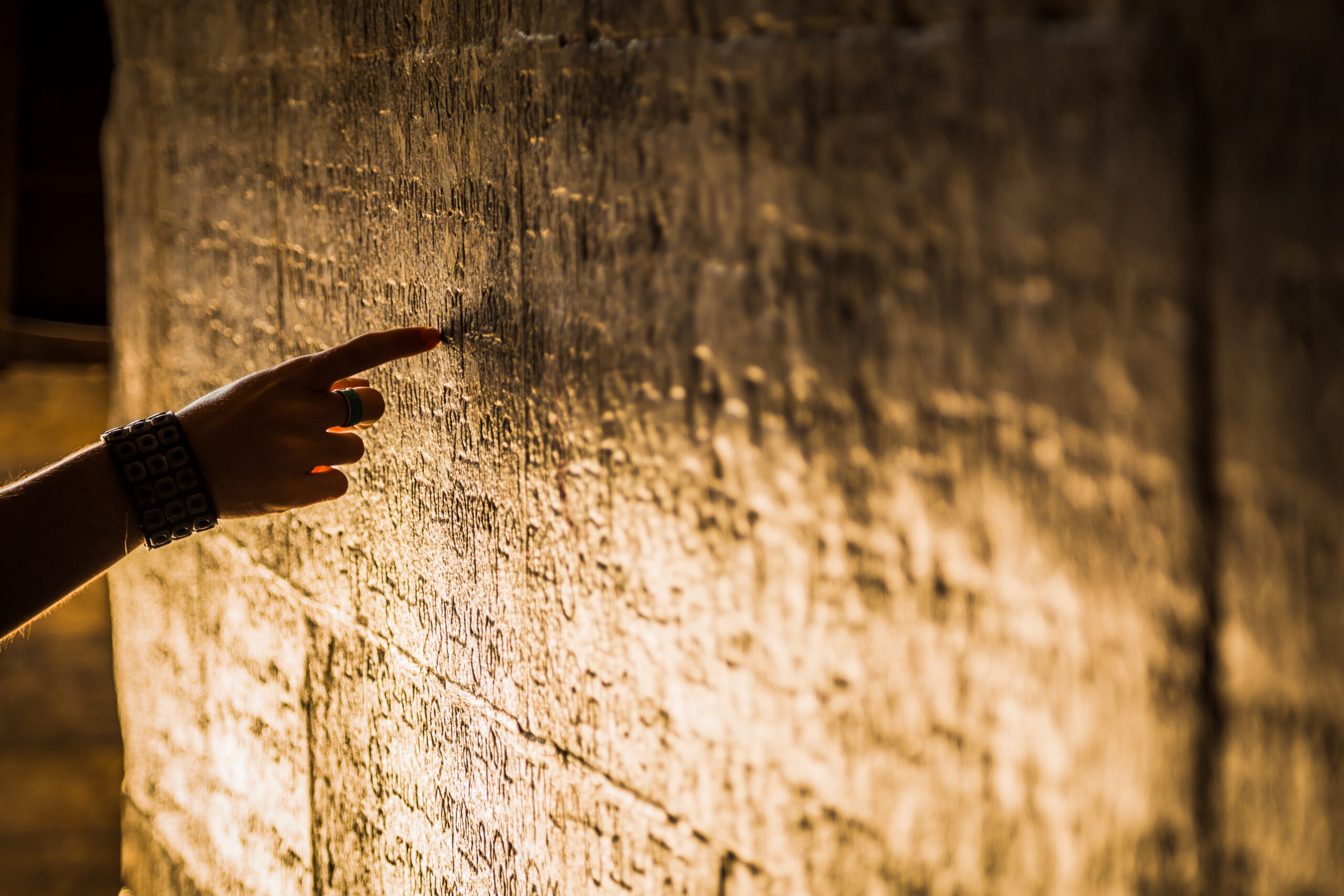In the hushed silence of a cathedral, a single note from a choir can send shivers down the spine. The soft ringing of a singing bowl can still a racing mind. The rhythmic chant of monks can feel as if it opens a door to something beyond ourselves. Sound—intangible, invisible, and fleeting—has an uncanny ability to root us in the present while simultaneously expanding our awareness. Across cultures, centuries, and civilizations, certain sounds have been revered, ritualized, and even feared. But why? What makes a sound feel sacred?

Outline
- The Ancient Relationship Between Sound and Spirit
- Resonance: When the Body Listens Too
- Sacred Spaces: The Architecture of Echo
- Healing Through Harmonics
- Why Sacred Sound Endures in a Secular World
- FAQs
The Ancient Relationship Between Sound and Spirit
Long before written language, humans sang to the stars, drummed to the earth, and whispered prayers to the wind. Sound was the first form of spiritual expression—both a medium and a message. In ancient Egypt, priests would chant specific tones believed to invoke divine favor. Hinduism has the primordial sound “Om,” said to contain the vibration of the entire universe. Indigenous cultures around the globe use drumming, humming, and singing in ritualistic healing and communion with spirits.
These were not just traditions—they were technologies of connection. Sound was not about the divine; it was the divine. It filled the space between people and gods, self and cosmos.
Resonance: When the Body Listens Too
The mystery deepens when we consider how sound affects the human body. Certain frequencies do more than reach the ear—they resonate through us. This phenomenon, called entrainment, occurs when our internal rhythms sync with external vibrations.
- The human body is about 60% water—a perfect conductor for vibration.
- Low frequencies, like those in Gregorian chants, can slow brainwaves into a meditative alpha or theta state.
- Tibetan singing bowls produce binaural beats that influence consciousness and perception.
This isn’t mysticism—it’s physics. When we hear a sound that aligns with our biology, we don’t just hear it. We feel it. It’s this full-body response that makes certain tones feel like they’re tuning something deeper than our ears—perhaps even our soul.
Sacred Spaces: The Architecture of Echo
Step into a Gothic cathedral or a mosque with a vast dome, and you’ll notice something: the building listens with you. Sacred architecture was often designed not just for beauty or symbolism, but for acoustics.
- The Hagia Sophia in Istanbul has a reverberation time of over 11 seconds.
- In ancient Greek amphitheaters, whispers could be heard from across the stage without amplification.
- Islamic mosques use domes and minarets to carry the human voice skyward.
In such spaces, a single note stretches into infinity, allowing the sound to linger, overlap, and envelop. It’s not just about hearing the sacred—it’s about being immersed in it.

Healing Through Harmonics
Modern science is beginning to catch up with ancient intuition. Sound therapy is now used in clinical settings to reduce stress, anxiety, and even chronic pain. Techniques include:
- Tuning forks to realign energy centers
- Vocal toning to regulate breath and heartbeat
- Music therapy in trauma recovery
The principle remains the same: when we are out of balance, sound can help restore the internal harmony. The right frequencies can lower cortisol, deepen relaxation, and even influence immune response.
Why Sacred Sound Endures in a Secular World
Even in a world of digital noise and secular lives, the sacredness of sound remains. We attend concerts not just for entertainment, but for transcendence. We play certain songs at funerals, weddings, or during moments of heartbreak—not because they say something, but because they feel something.
Sound connects us—to ourselves, to each other, and to something larger. It can’t be touched, but it moves us. It leaves no trace, yet it lingers.
Sacred sound is not about religion. It’s about resonance—about finding the frequency that reminds us we are more than bone and breath.
FAQs
1. What makes a sound feel sacred or spiritual?
Sacred sounds often share qualities such as slow tempo, deep resonance, harmonic overtones, and repetition. These elements trigger physical and emotional responses that promote calm, awe, or transcendence.
2. Can certain frequencies really heal the body?
Yes, research supports the use of sound frequencies (e.g. 432 Hz, binaural beats) in reducing stress, improving sleep, and aiding emotional regulation. These sounds influence brainwave activity and physiological rhythms.
3. Why do religious buildings have such powerful acoustics?
Sacred spaces are often designed to amplify and sustain sound. Features like domes, stone walls, and vaulted ceilings create natural reverberation, enhancing the immersive and spiritual experience of sound.







